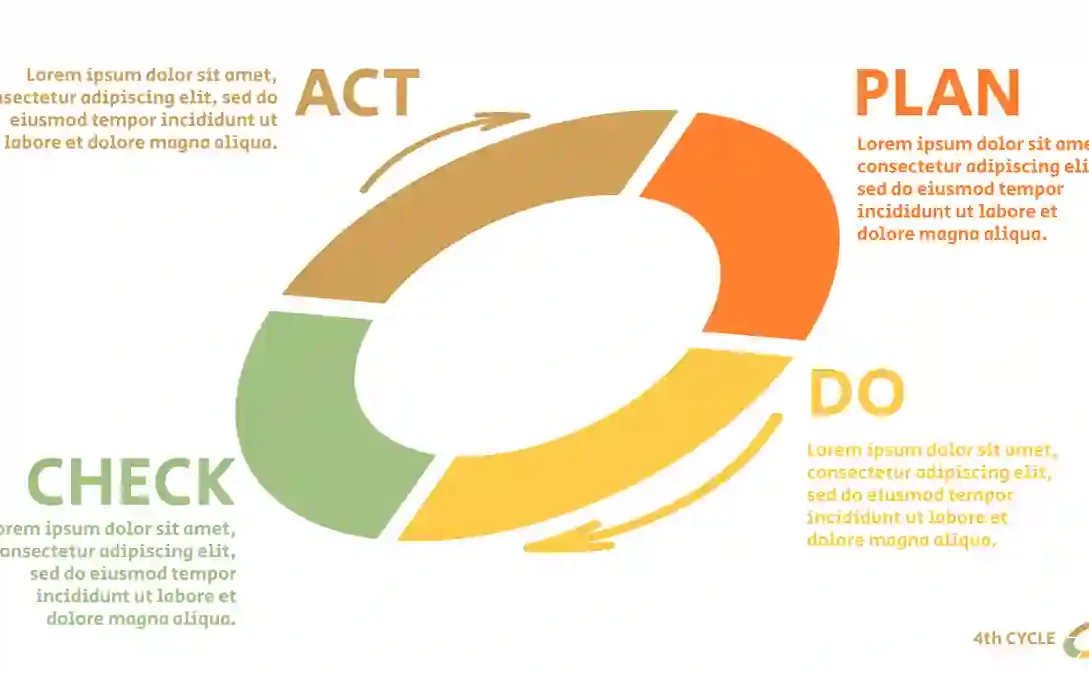Mathematics, often dubbed as the universal language, is a dynamic field that goes beyond mere calculations. At its core lies the art of problem-solving—a pursuit that demands a comprehensive approach to navigate through the intricacies of mathematical challenges. This article, “Problem-Solving Paradigm: A Comprehensive Math Approach,” unfolds a holistic guide for individuals seeking to master the art and science of problem-solving in mathematics.
Understanding the Paradigm Shift:
To embark on a comprehensive math approach, one must first understand the paradigm shift from viewing mathematics as a set of problems to recognizing it as a dynamic system that fosters critical thinking and creativity. The problem-solving paradigm transcends routine exercises and invites individuals to embrace challenges as opportunities for intellectual growth.
The Diversity of Mathematical Challenges:
Mathematics encompasses a diverse array of challenges, ranging from algebraic equations to complex geometric proofs. Recognizing this diversity lays the groundwork for a comprehensive approach, acknowledging that different types of problems require tailored strategies and insights.
Decoding the Complexity:
Mathematical problems often present themselves as complex puzzles, and decoding this complexity is a fundamental aspect of the problem-solving paradigm. Break down intricate problems into manageable components, unraveling the layers systematically to gain a profound understanding of the underlying mathematical concepts.
Visualization: A Multi-Dimensional Tool:
Visualization emerges as a multi-dimensional tool within the problem-solving paradigm. Create mental images, draw diagrams, and employ visual aids to gain insights into the structure of mathematical challenges. Visualization not only enhances comprehension but also offers a dynamic approach to tackling abstract concepts and relationships.
Strategic Approaches: The Pillars of Success:
A comprehensive math approach involves a repertoire of strategic approaches, each serving as a pillar of success in problem-solving. From working backward and trial and error to pattern recognition, these strategies become the foundation upon which a robust problem-solving paradigm is built. A comprehensive toolkit ensures versatility in navigating diverse mathematical landscapes.
Simplicity as an Art Form:
The comprehensive math approach places a premium on simplicity as an art form. Strive to craft solutions that are not only accurate but also elegantly simple. By avoiding unnecessary complexities and convoluted methods, individuals can showcase a deep understanding of the mathematical principles at play.
Pattern Recognition: Illuminating Insights:
Pattern recognition acts as a guiding light within the problem-solving paradigm. Train yourself to identify recurring sequences, relationships between numbers, and hidden structures within problems. Illuminating these patterns not only expedites the problem-solving process but also enriches the overall understanding of mathematical concepts.
Persistence in Problem-Solving: The Engine of Success:
Persistence becomes the engine that propels success within the comprehensive math approach. Approach mathematical challenges with determination and resilience, recognizing that persistence often leads to breakthroughs. Mistakes are viewed as opportunities to learn, and setbacks become stepping stones toward mastery.
Time Management: Precision Timing in Problem-Solving:
Effective time management is a precision tool within the comprehensive math approach. Allocate time judiciously based on the complexity of each problem, ensuring that the problem-solving process remains both efficient and accurate. Time management becomes a strategic ally in navigating through mathematical challenges.
Reflective Practice: Iterative Improvement:
Reflective practice becomes the iterative cycle that fuels improvement within the problem-solving paradigm. After solving a problem, take the time to reflect on the approach, identify strengths and areas for improvement, and consider alternative strategies. Iterative reflection transforms each problem into a learning opportunity, contributing to continuous growth.
Collaborative Exploration: Strength in Unity:
Collaboration becomes a pillar of strength within the comprehensive math approach. Engage in collaborative problem-solving sessions, exchange insights with peers, and benefit from diverse perspectives. Collaborative exploration not only broadens the problem-solving toolkit but also fosters a sense of community and shared learning.
Celebrating Mastery and Continued Learning:
Mastery within the problem-solving paradigm is celebrated not as a destination but as a continuous journey. Acknowledge and celebrate moments of mastery, appreciating the growth achieved through each solved problem. Simultaneously, recognize that the journey of learning and discovery is perpetual—a cycle of continual improvement.
Conclusion:
“Problem-Solving Paradigm: A Comprehensive Math Approach” serves as a guide for individuals aspiring to master the intricate art of mathematical problem-solving. By embracing a paradigm shift, decoding complexity, and deploying a comprehensive set of strategies, individuals can navigate the diverse mathematical landscape with confidence. Remember, the problem-solving paradigm is not a rigid set of rules but a dynamic approach that invites exploration, creativity, and a commitment to continual improvement. As you integrate these principles into your mathematical journey, let the problem-solving paradigm be your compass, guiding you toward a future where mathematical challenges are met with a holistic and versatile approach, ultimately leading to a deeper understanding and mastery of the mathematical realm.










